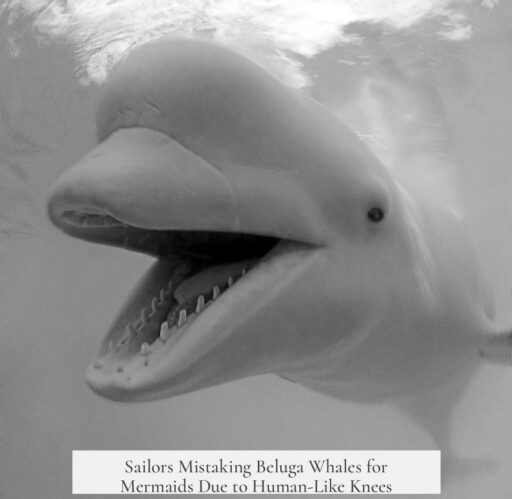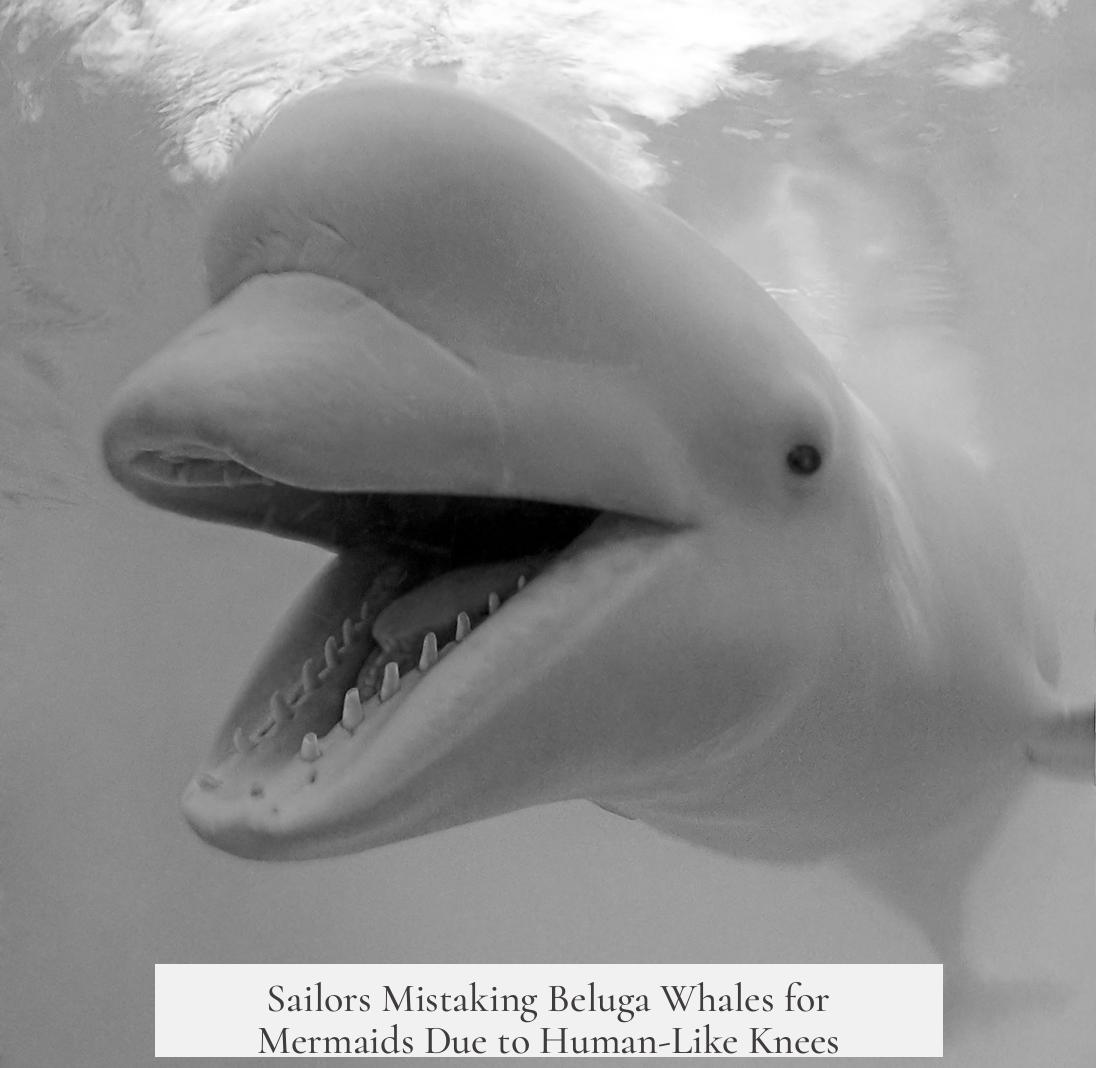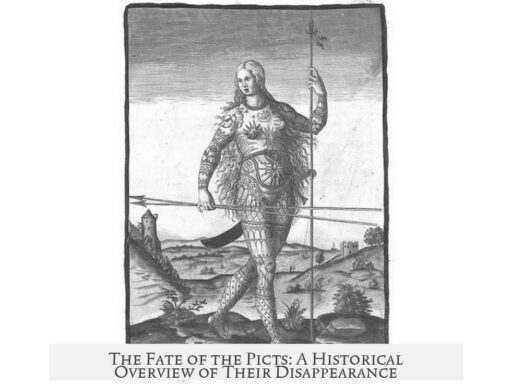Sailors did not commonly mistake beluga whales for mermaids due to human-like knees or related features. Historical and cultural evidence shows that mermaid sightings focused on human upper bodies rather than lower halves resembling legs or knees, making the identification of belugas as mermaids unlikely.
Beluga whales possess distinct physical traits, but human-like knees are not among those features that would confuse observers into thinking they were mermaids. The claim that sailors mistook belugas for mermaids because of their knees lacks strong backing from historical records or eyewitness accounts.
Premodern diving and observational tools were limited, especially in cold Arctic waters where belugas primarily live. However, these challenges did not lead to widespread confusion or legends about belugas having human-like lower limbs. Instead, the focus on mermaids historically centered on the upper half of the body resembling a human.
Descriptions of mermaids in ancient, medieval, and early modern European lore consistently emphasize the human-like top half—torso, arms, face, and hair—combined with an animal, usually fish-like, tail below the waist. For instance, concise historical records, such as Henry Hudson’s journal, capture eyewitness accounts describing creatures with a distinctly human upper body and a fish-like lower body, not legs or knees.
“This morning, one of our company looking overboard saw a mermaid… from the navel upward, her back and breasts were like a woman’s; her skin very white; and long hair hanging down behind… her tail was like the tail of a porpoise…”
This report highlights that sailors and explorers sought a human upper torso as the core identifier of mermaids. The lower half’s fish-like shape significantly distinguishes these mythical beings. European sailors were not fixated on detecting leg-like or knee-like features on sea creatures.
In the Arctic, indigenous cultures such as the Thule, Inuit, and Yupik have their own rich sea mythology, featuring figures like Sedna, a sea goddess closely linked to marine mammals. Sedna’s traditional descriptions do not portray her as a mermaid but rather as a human woman transformed or residing beneath the sea. Recorded oral traditions emphasize her human traits such as hair and severed fingers rather than legs or knees.
Modern northern artists have sometimes reimagined Sedna as a mermaid figure, blending European mermaid imagery with Inuit mythology. This artistic composite emerged in the 20th century and does not reflect centuries-old indigenous beliefs. Instead, it reflects cultural intersections where artists aligned familiar European mermaid concepts with native stories for expression and cultural dialogue.
Beluga whales do not feature in these myths as part-human hybrids or as mermaid-like creatures. Their appearance, including a smooth white body and a rounded forehead known as a melon, differs significantly from mermaid iconography. They lack protruding or jointed limbs resembling human legs or knees.
Scientific observations note that beluga whales sometimes raise their torsos out of the water during social or playful behavior, which could be interpreted imaginatively but does not provide a basis for mermaid confusion. Their anatomy includes flippers and a tail fluke but no structures resembling human joints.
- Key elements of historical mermaid lore focus on the human upper body.
- Beluga anatomy does not include knees or leg-like features.
- Indigenous Arctic myths do not describe marine mammals as mermaids.
- Modern depictions blending mermaid and Sedna imagery are recent artistic innovations.
- There is no documented evidence of sailors mistaking belugas for mermaids based on knees or similar traits.
The widespread image of mermaids as creatures with human heads and torsos above water and fish tails below remains consistent across cultures and recorded sailor testimonies. Misinterpretations of marine mammals typically involved attributes closer to these descriptions rather than leg-like features.
In sum, the idea that sailors saw beluga whales and mistook human-like knees as mermaid legs does not align with historical records or biological reality. The belief in mermaids has more to do with the human form’s upper half, with no credible reports linking belugas’ physical traits to such mistakings.




